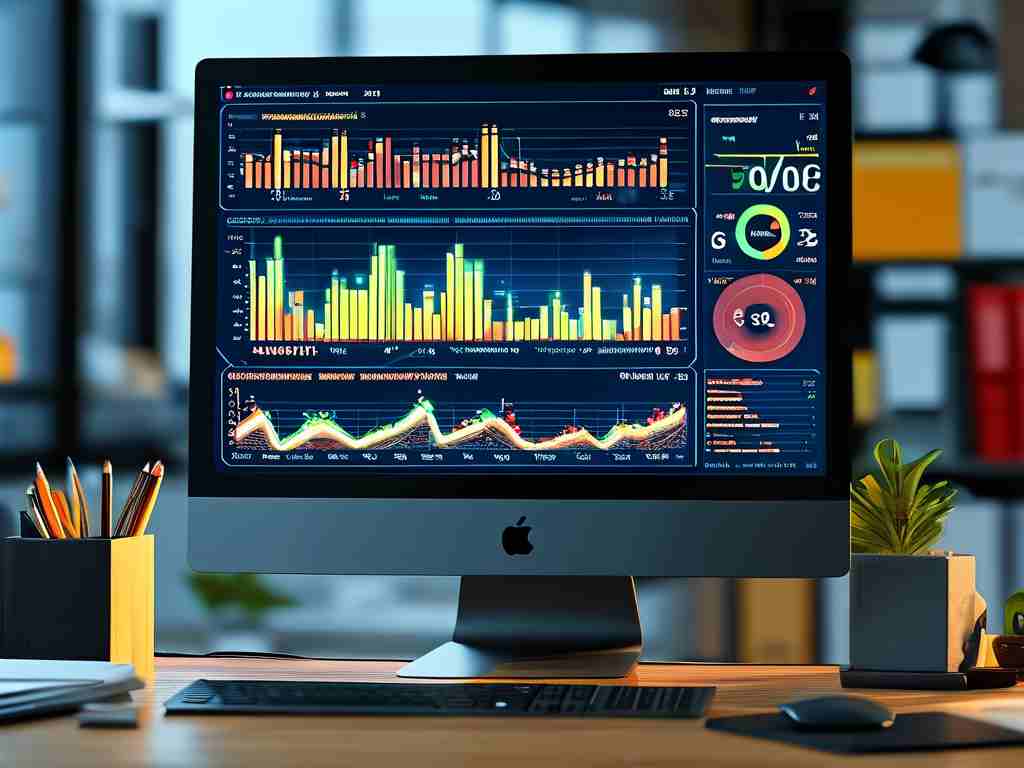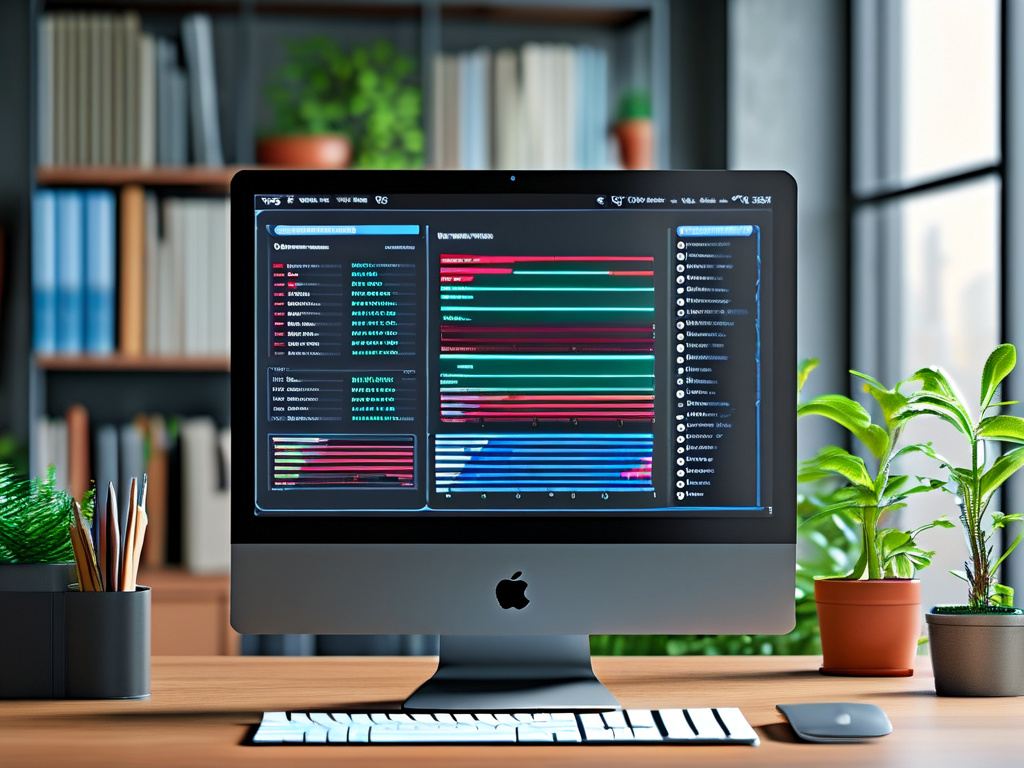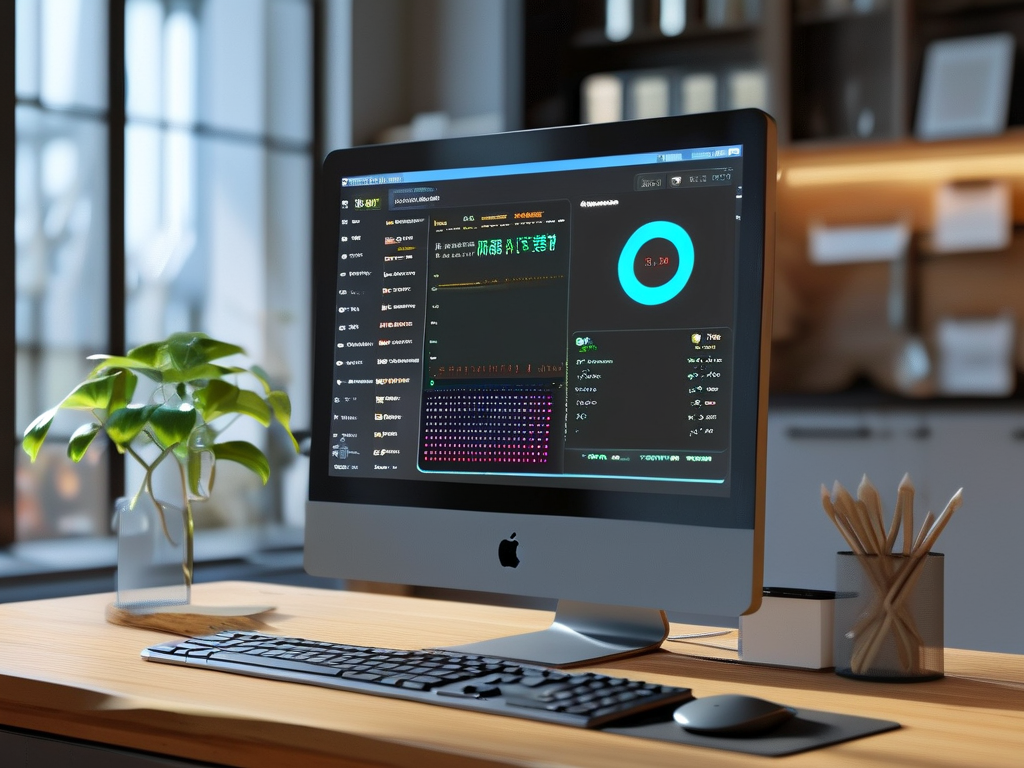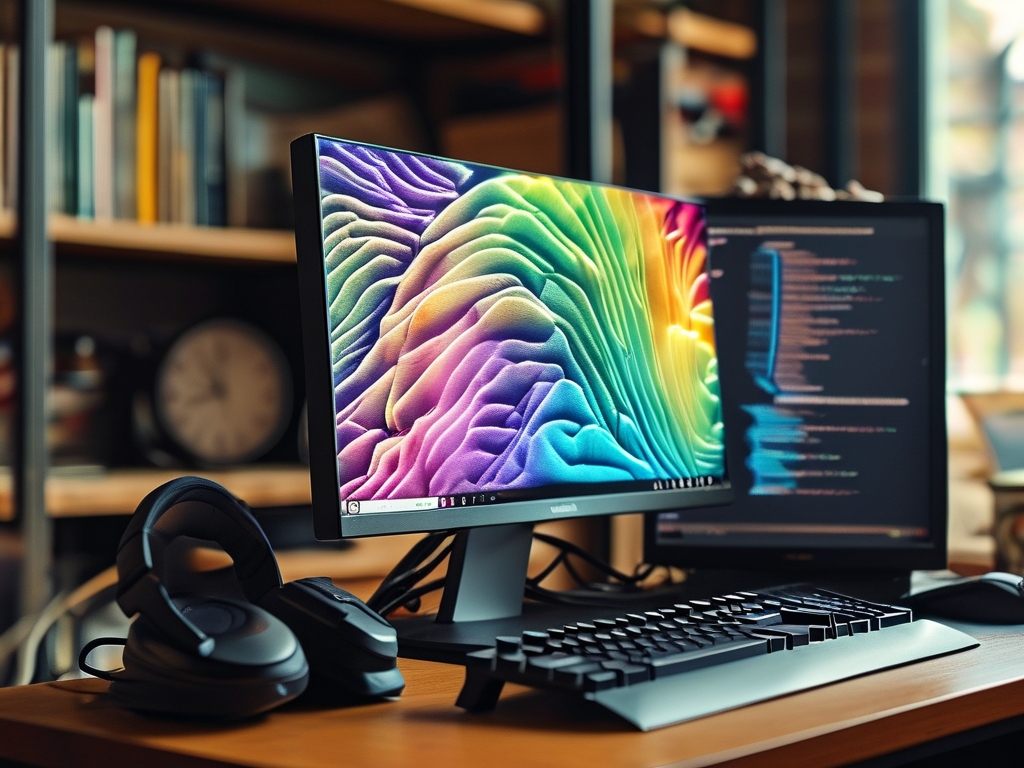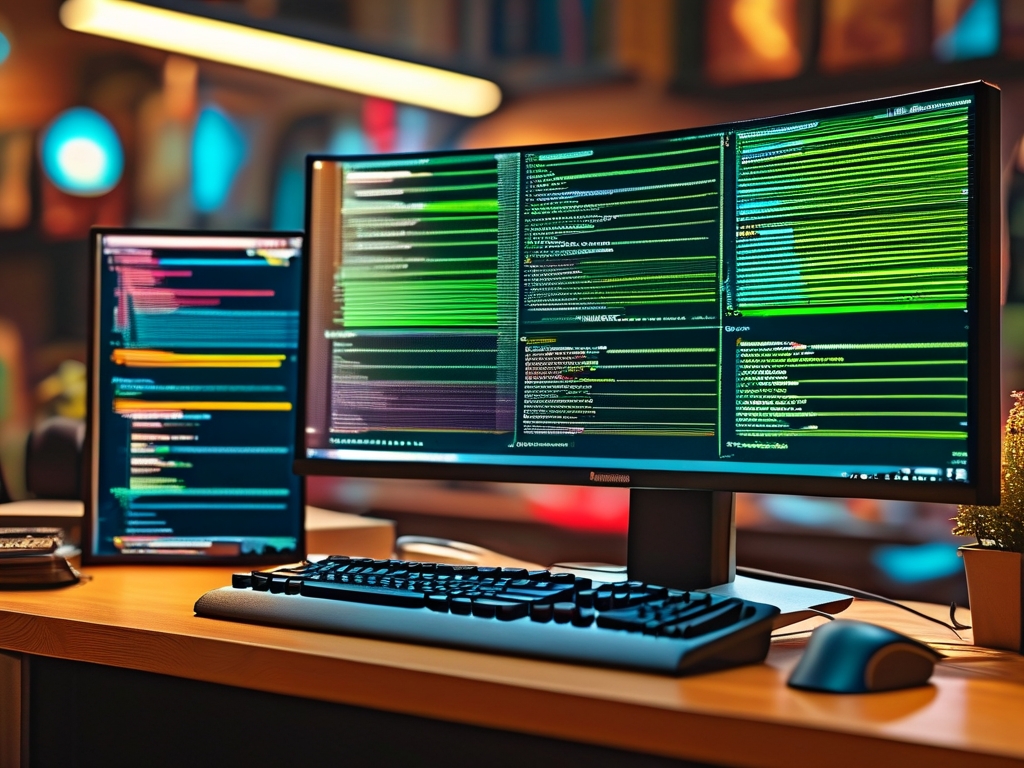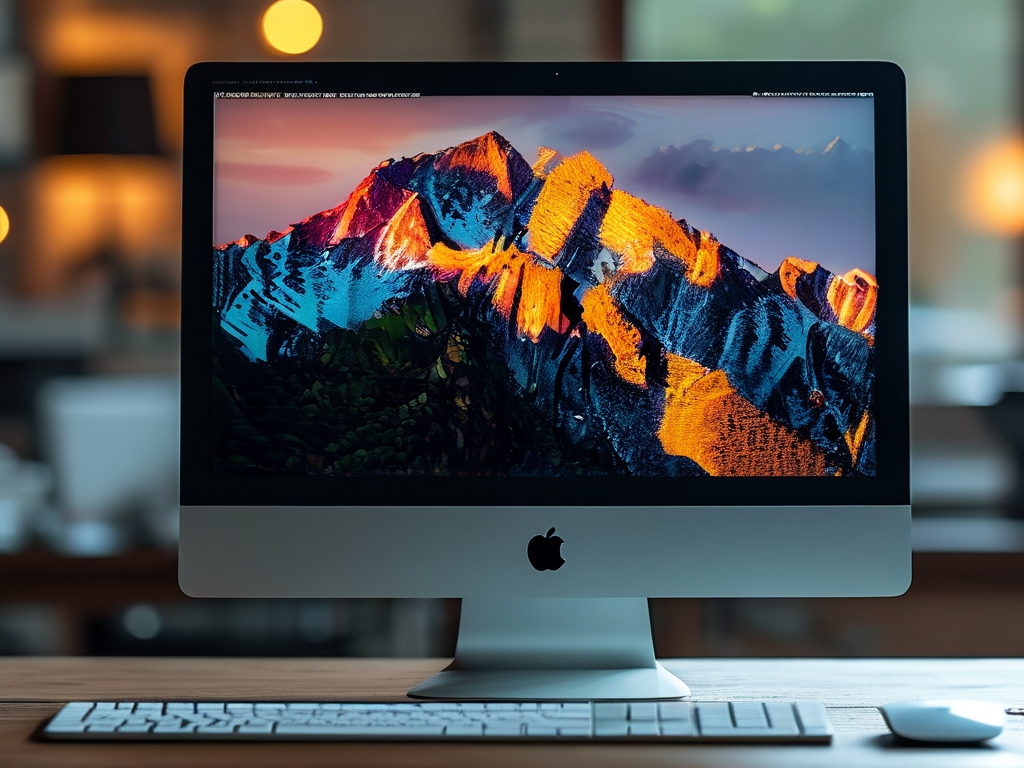In the realm of software development and system optimization, monitoring memory usage is a critical task to ensure application efficiency and stability. However, understanding how to accurately calculate time in the context of memory monitoring adds another layer of complexity. This article explores the relationship between memory usage and time calculation, detailing methodologies, tools, and practical considerations for developers and system administrators.
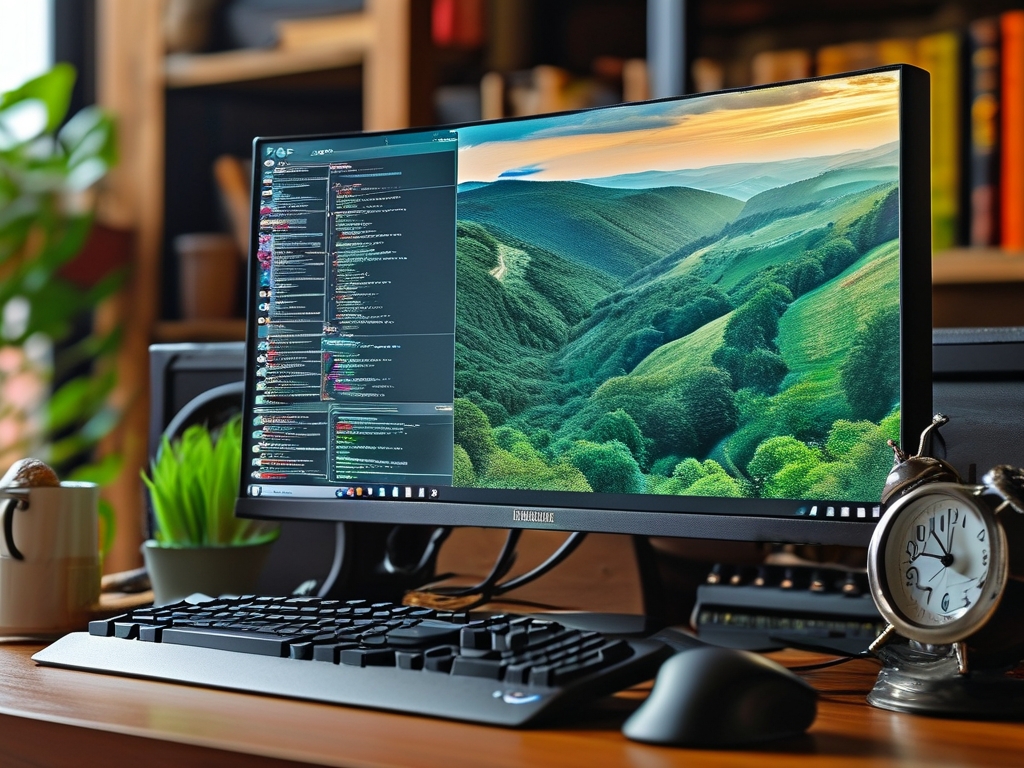
The Intersection of Memory Monitoring and Time
Memory monitoring involves tracking how an application allocates, uses, and releases memory during its lifecycle. Time calculation, in this context, refers to measuring the duration of specific memory-related operations or identifying patterns over time. For example:
- Allocation Time: How long it takes for a process to request and secure memory.
- Garbage Collection Cycles: The frequency and duration of memory cleanup in managed languages like Java or C#.
- Leak Detection: Identifying gradual memory consumption increases over extended periods.
Accurate time measurement is essential for diagnosing performance bottlenecks, optimizing resource usage, and preventing crashes due to memory exhaustion.
Key Metrics for Time-Aware Memory Monitoring
To effectively correlate memory usage with time, developers must track specific metrics:
- Peak Memory Consumption: The maximum memory used within a defined timeframe.
- Memory Retention Time: How long objects remain in memory before being released.
- Garbage Collection (GC) Pause Times: Interruptions caused by automatic memory management.
- Allocation Rate: Megabytes allocated per second, indicating memory churn.
Tools like Valgrind, Java VisualVM, and Python's Tracemalloc provide timestamped data for these metrics, enabling temporal analysis.
Methods for Calculating Time in Memory Workflows
1. Profiling with Timestamps
Embedding timestamps in memory logs allows developers to reconstruct timelines of memory events. For instance, logging the exact time of each memory allocation and deallocation helps pinpoint delays or leaks.
import tracemalloc
import time
tracemalloc.start
start_time = time.time
# Simulate memory-intensive task
data = [bytearray(1024) for _ in range(10000)]
end_time = time.time
snapshot = tracemalloc.take_snapshot
print(f"Memory used: {snapshot.statistics('lineno')}")
print(f"Time elapsed: {end_time - start_time:.2f}s")
2. Real-Time Monitoring Tools
Tools like Prometheus and Grafana visualize memory usage over time, highlighting spikes and trends. For example, a sudden increase in memory consumption at 2:00 AM could correlate with a scheduled batch job.
3. Statistical Models for Time Series Analysis
Applying algorithms like ARIMA or exponential smoothing to memory data helps predict future usage patterns. This is particularly useful for capacity planning in cloud environments.
Challenges in Time-Based Memory Analysis
- Overhead of Measurement: Monitoring tools themselves consume memory and CPU, skewing results. Sampling at lower frequencies can mitigate this.
- Clock Resolution: System clocks may have limited precision (e.g., milliseconds), affecting fine-grained measurements.
- Concurrency Issues: In multi-threaded applications, race conditions can distort timestamp accuracy.
Case Study: Detecting a Memory Leak with Time Correlation
Consider a web server experiencing gradual performance degradation. By analyzing memory usage logs alongside request timestamps, developers identified a leak in session management:
- Observation: Memory grew by 2MB/hour, even during low-traffic periods.
- Time-Based Insight: Leaked objects were tied to user sessions that never timed out.
- Fix: Implementing session expiration rules resolved the issue.
Best Practices for Effective Time-Aware Monitoring
- Baseline Establishment: Measure "normal" memory behavior under typical workloads to identify anomalies.
- Synchronized Clocks: Ensure all servers and tools use Network Time Protocol (NTP) to avoid timestamp mismatches.
- Automated Alerts: Set thresholds for memory duration (e.g., "alert if >100MB retained for >1 hour").
- Combine with CPU Metrics: Cross-reference memory timelines with CPU usage to identify resource contention.
Future Trends: AI-Driven Time-Memory Optimization
Emerging AI tools are automating memory-time analysis. For example, ML models can predict optimal garbage collection schedules or recommend memory allocation strategies based on historical time-series data.
Calculating time in memory usage monitoring is not merely about tracking seconds or megabytes-it's about understanding the dynamic interplay between resource allocation and application behavior. By leveraging precise timestamping, advanced tools, and statistical models, teams can transform raw data into actionable insights, ensuring systems run efficiently at scale. As applications grow more complex, integrating time-aware memory analysis will remain a cornerstone of performance optimization.


